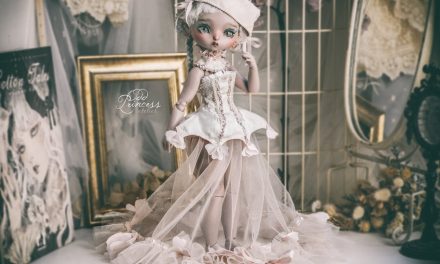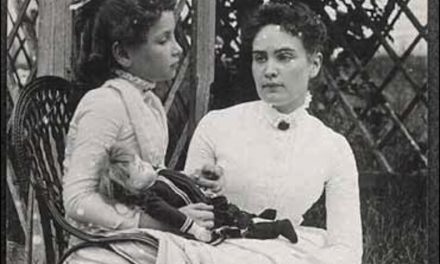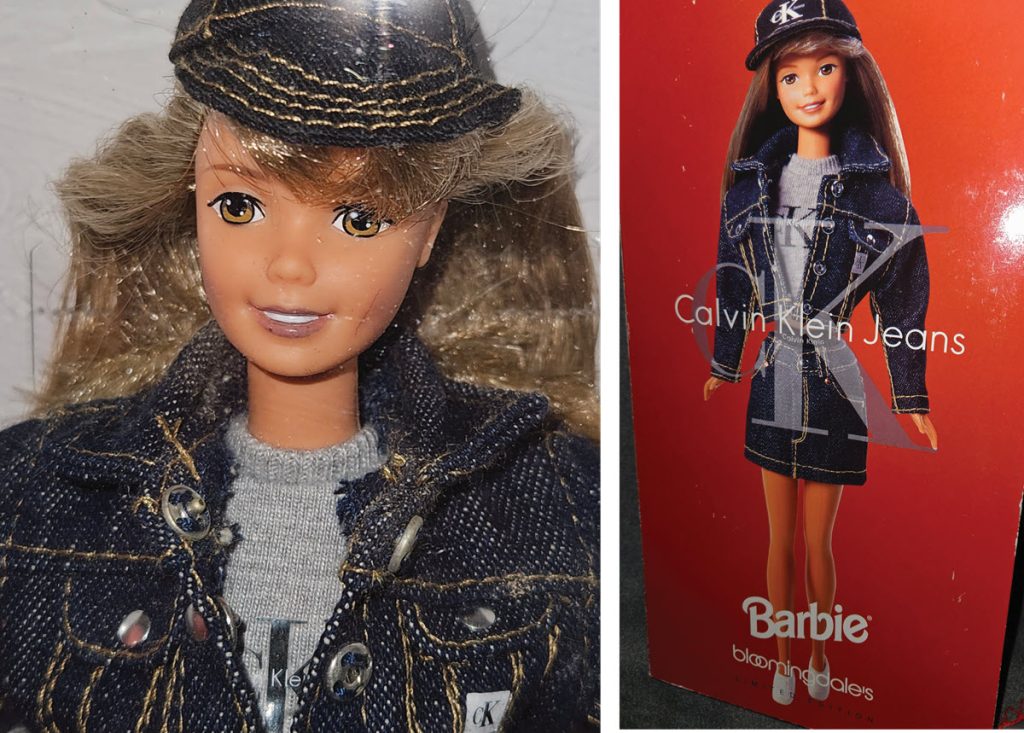
By A. Glenn Mandeville; Photos by Jacqueline Owen, except where indicated
When Barbie was introduced at Toy Fair in 1959, Ruth and Elliot Handler, the creators of Barbie, already knew the direction they wanted to go with the doll.
One of the first Barbie commercials made this statement: “Someday, I’m going to be exactly like you. Until then, I know just what I’ll do. I’ll make believe that I am you!”
However, fate had other ideas. Little girls knew it would be impossible for them to be Barbie, but she made a wonderful friend! Thus started a barrage of letters from little girls asking a slew of questions: Where does Barbie live? Where does she go to school? Does Barbie like pizza?

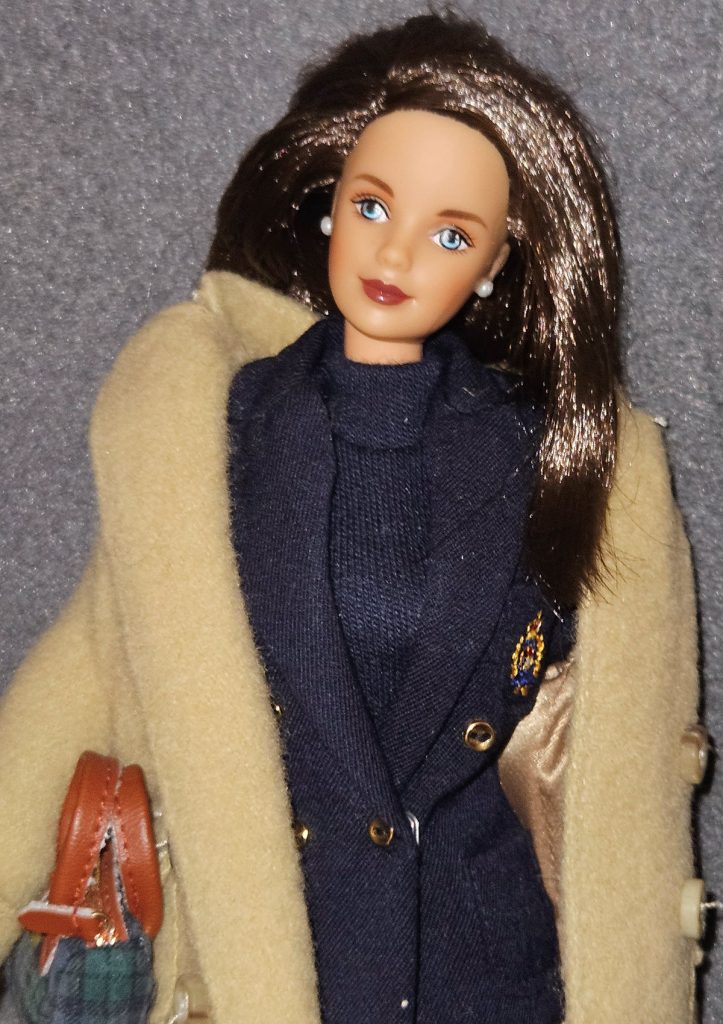
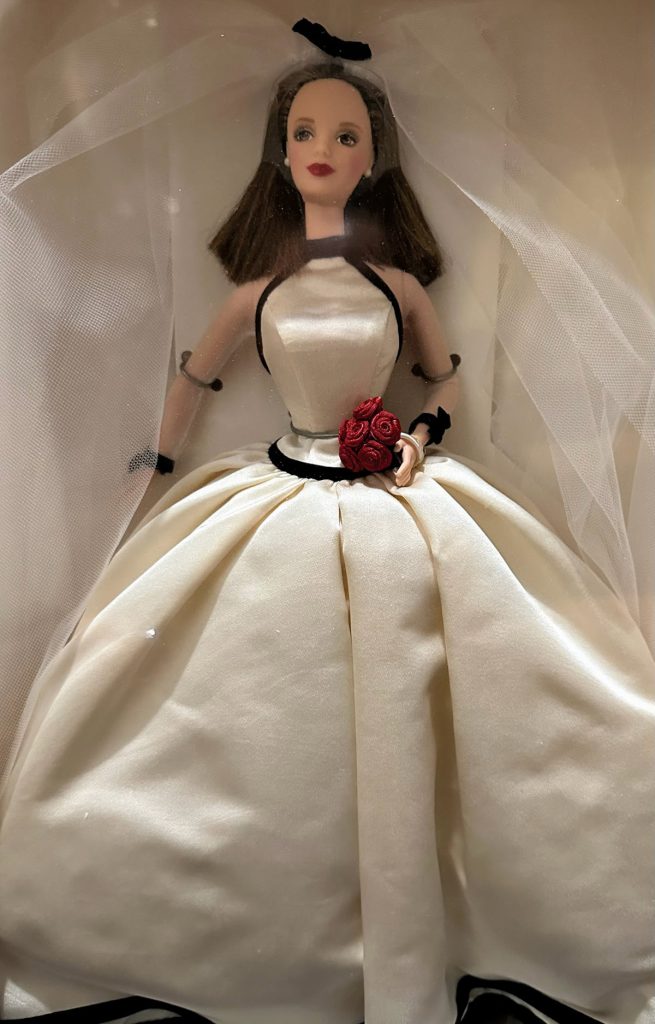
This unexpected turn of events forced the Handlers to hire the prestigious Carson/Roberts publicity agency. Things then started to move quickly. Barbie was given the last name Roberts, and the soon-to-be-released Ken doll was given the last name Carson. The makeup on the doll was softened, and Barbie acquired an all-American girl look.
Over the next few years, Barbie became ponytailed, pretty, and popular. She acquired a best friend, a sister, and even graduated from college!
The fashions were smashing, as a commercial said, and the time had finally come to try something different. Their idea was to have well-known designers create for America’s sweetheart. The contest, if one could call it that, was for designers to create a special doll using Barbie as the model.
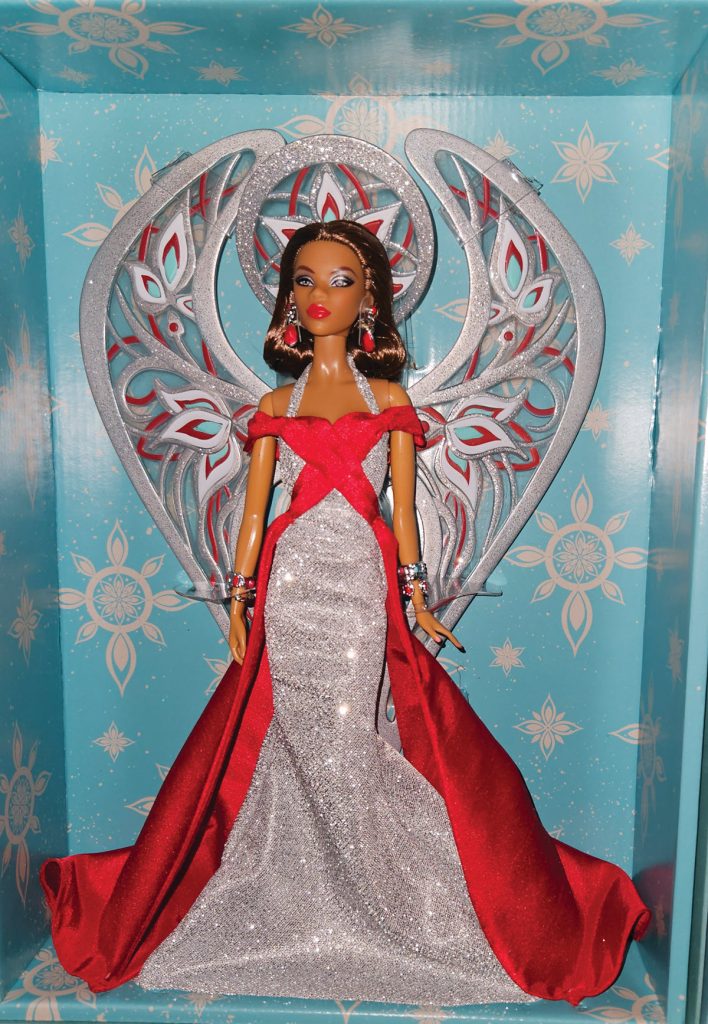
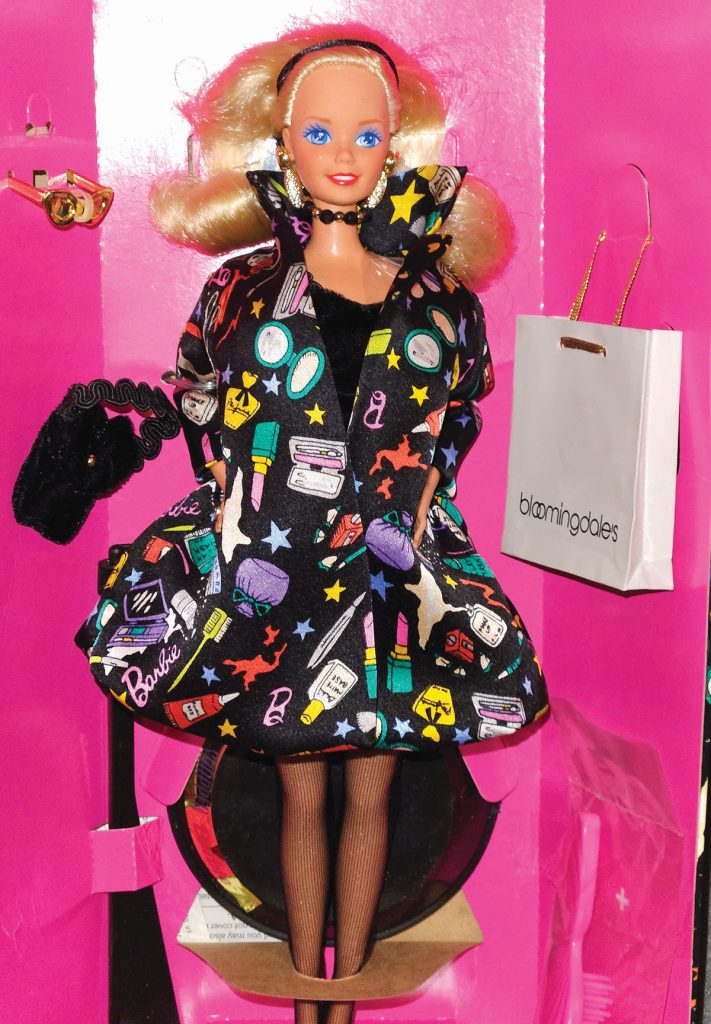
My sources tell me that a massive advertisement was taken out in order to attract the right designers. Splashy ads were placed in Variety and Women’s Wear Daily, although Mattel contacted the designers that were the so-called “cream of the crop” privately before the advertisements debuted.
One designer, whom I spoke with in the context of a private discussion, told me, “When the invitation came to design an outfit for Barbie, it was considered a bit of a joke. But when word got around that big names such as Ralph Lauren and other giants in the industry were participating, it became a real contest.”
It wasn’t long before top designers and others who were lesser known were designing and draping their dreams on what was already a legendary doll.
The nice part about the situation was that the designers were given complete control over what they wanted to do. An example is Byron Lars, whose designs were over the top but well received by the public, who is the ultimate consumer.

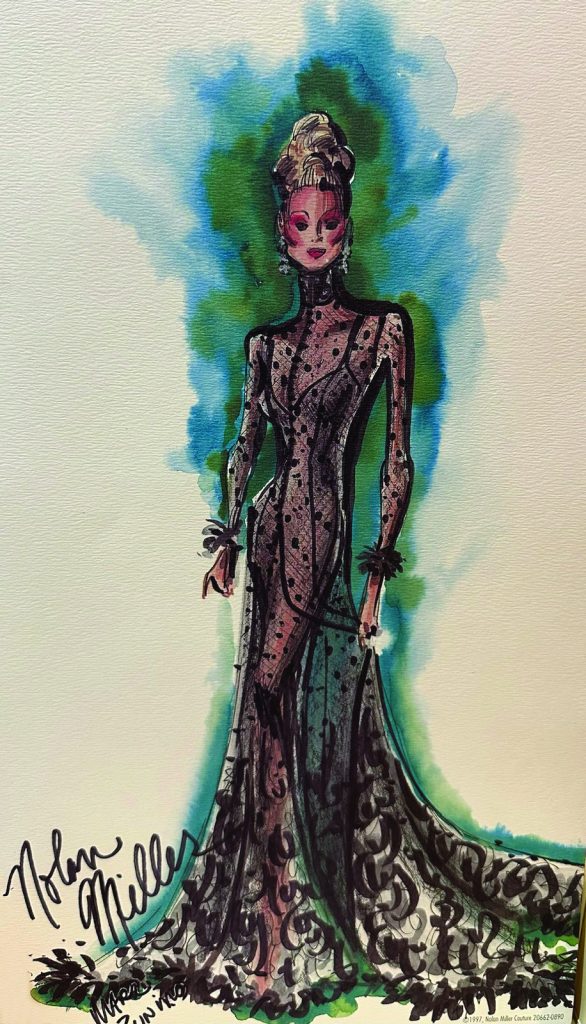
In many cases, the designer had a Barbie collector on staff (more often than you would think) and the project was turned over to them. The ultimate finished product was shown to the head of the company, who would put their final touches on the doll or accept what the staff member had created.
As more and more designers became part of the project, it became almost a status symbol to have a doll featured.
The finished designs attracted a great deal of attention — so much so that big names in other industries wanted to get involved. In the late 1990s and early 2000s, the Home Shopping Network featured some of the designs, displaying them as only television could do. As the minutes clicked on the clock, customers could quickly order the doll featured on the mirrored turntable. Of course, this showed the doll in its best light.
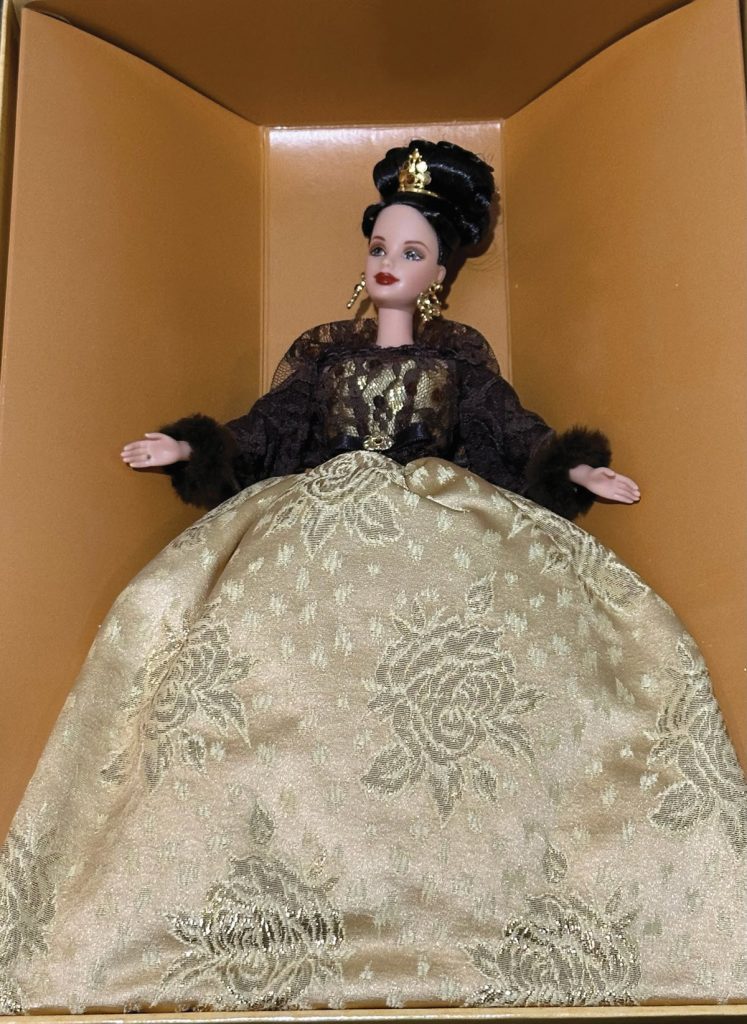
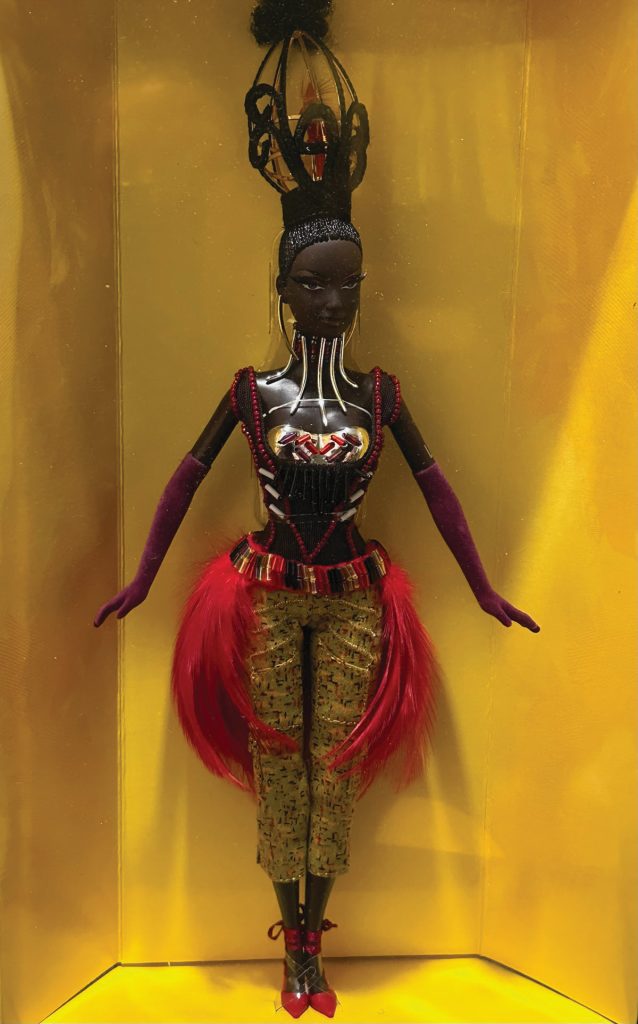
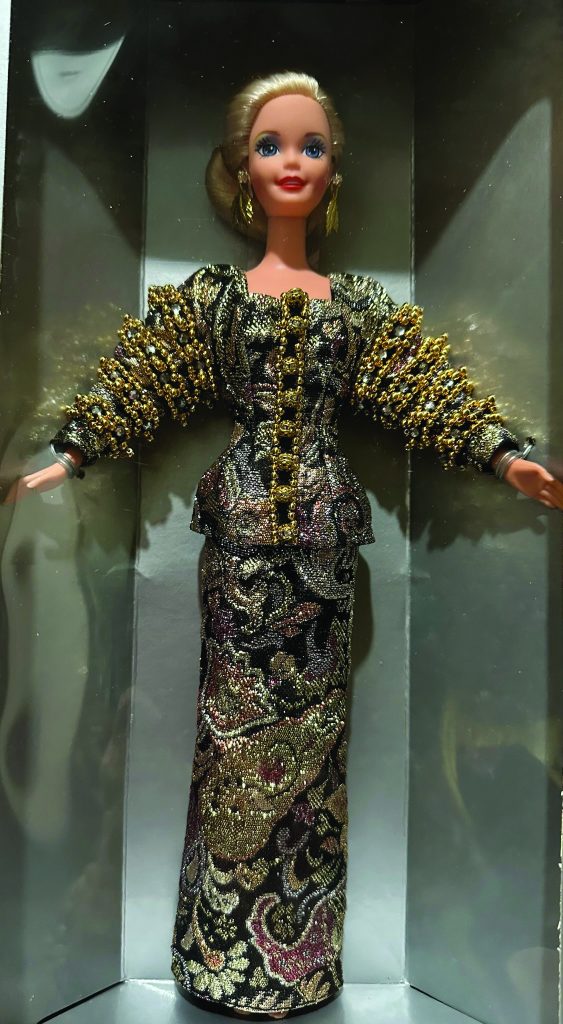
Mattel enjoyed the free publicity and gleefully watched thousands of dollars’ worth of dolls sell in minutes, thanks to the magic of television!
It was extremely interesting for a long-time Barbie collector to watch all of this unfold. What started out as a doll meant to fuel children’s imaginations was now more sophisticated.
The company cleverly put a new spin on their designer dolls. It stated in advertisements and on the boxes that the target age was 14 years and up. This basically eliminated the child from the market for these dolls and began an entirely new market: Barbie dolls aimed at the adult collector. Mattel had realized from attending the National Barbie Conventions that there were thousands of adult collectors, many eager and willing to spend thousands of dollars a year collecting various versions of Barbie.
Soon, specialty shops opened and dealers specializing only in Barbie became the norm. Some of these incredible dolls occasionally turned up in discount stores a couple of years later.
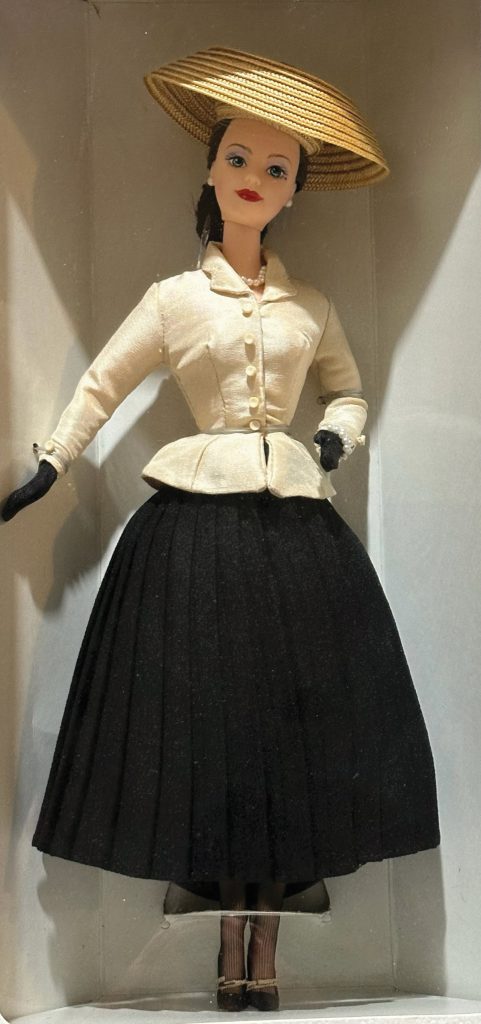
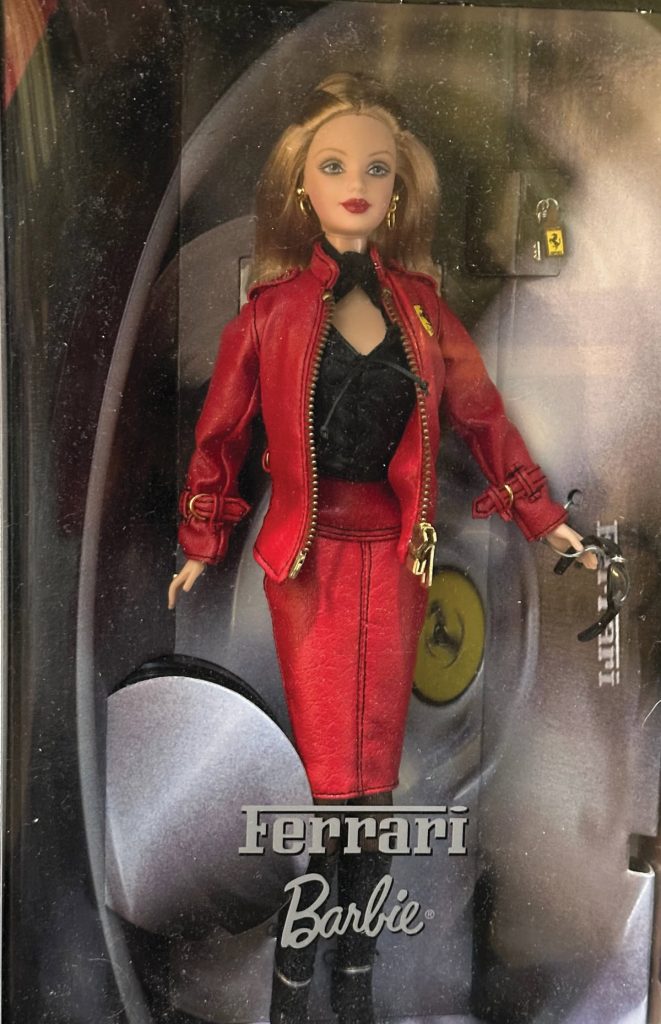
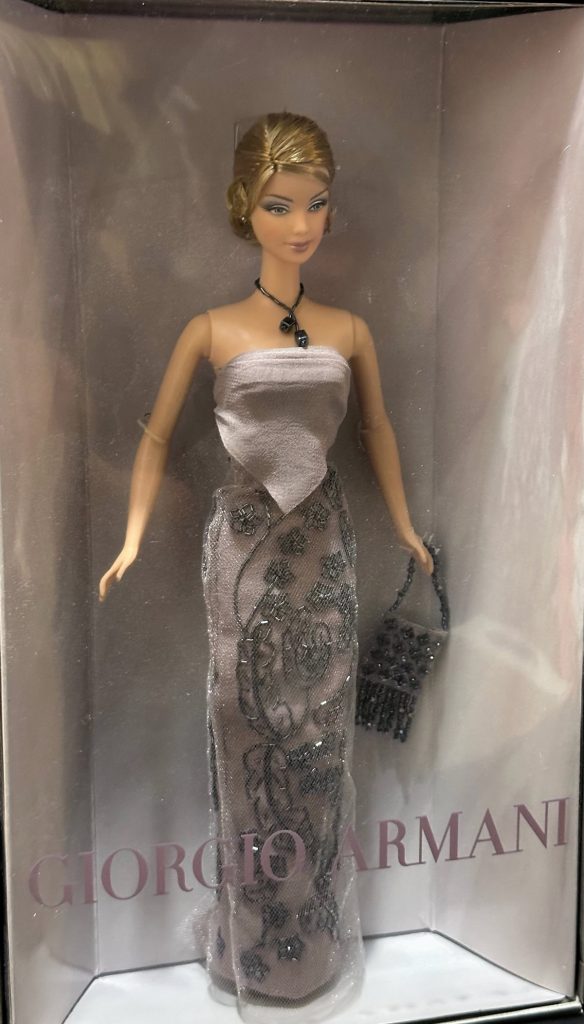
To this day, Mattel continues to offer both a play line Barbie and an adult line. Everyone seems happy with this turn of events. It has resulted in many adults buying the play line and parents buying some of the adult line dolls for their children.
Regardless of where one acquires these dolls, they not only are an amazing facet of Barbie doll history but also represent a journey into the wonderful, ever-changing world of fashion.
A. Glenn Mandeville is the author of numerous books on dolls and doll collecting and writes his Curious Collector column for each issue of DOLLS magazine.

